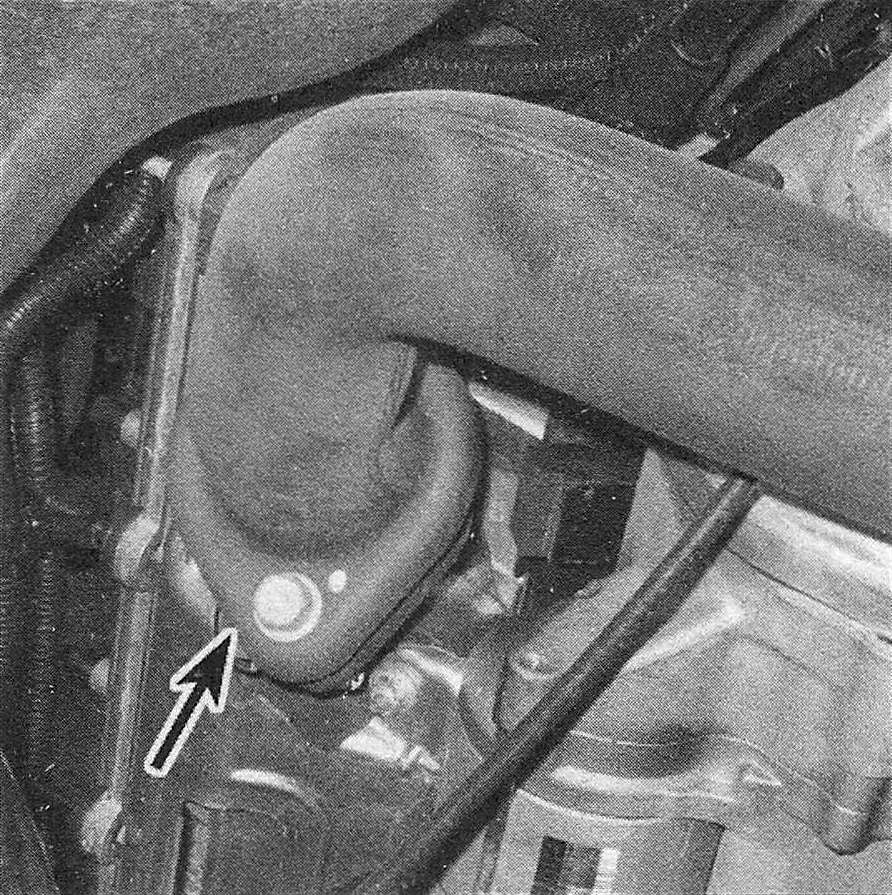Exhaust system check
1. With the engine cold (at least three hours after the vehicle has been driven), check the complete exhaust system from the manifold to the end of the tailpipe. Be careful around the catalytic converter, which may be hot even after three hours. The inspection should be done with the vehicle on a hoist to permit unrestricted access. If a hoist isn’t available, raise the vehicle and support it securely on jackstands.
2. Check the exhaust pipes and connections for signs of leakage and/or corrosion indicating a potential failure. Make sure that all brackets and hangers are in good condition and tight (see illustrations).
16.2a Inspect the muffler (A) and all hangers (B) for signs of deterioration
16.2b Inspect all flanged joints (arrow indicates pipe-to-manifold joint) for signs of exhaust gas leakage
3. Inspect the underside of the body for holes, corrosion, open seams, etc. which may allow exhaust gasses to enter the passenger compartment. Seal all body openings with silicone sealant or body putty.
4. Rattles and other noises can often be traced to the exhaust system, especially the hangers, mounts and heat shields. Try to move the pipes, mufflers and catalytic converter. If the components can come in contact with the body or suspension parts, secure the exhaust system with new brackets and hangers.

